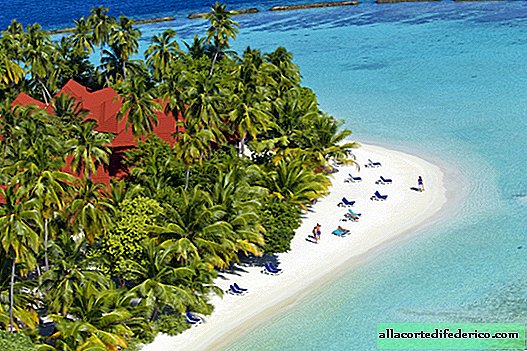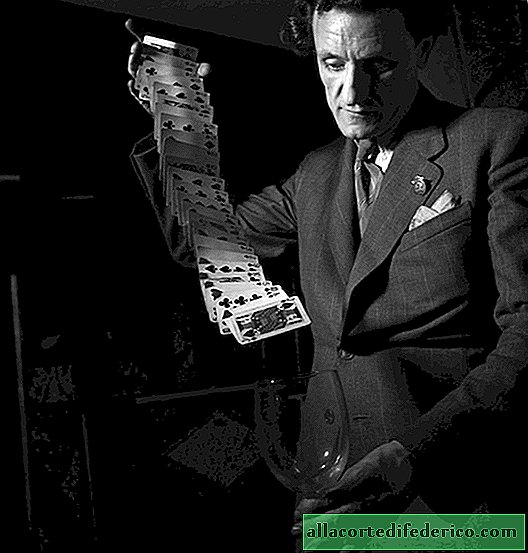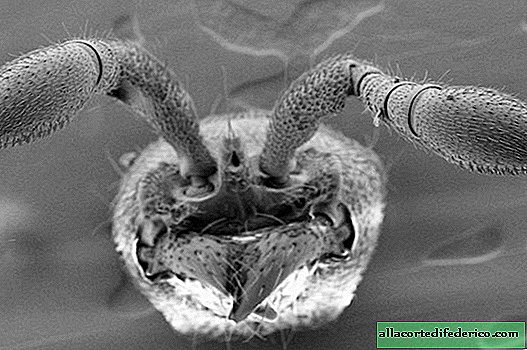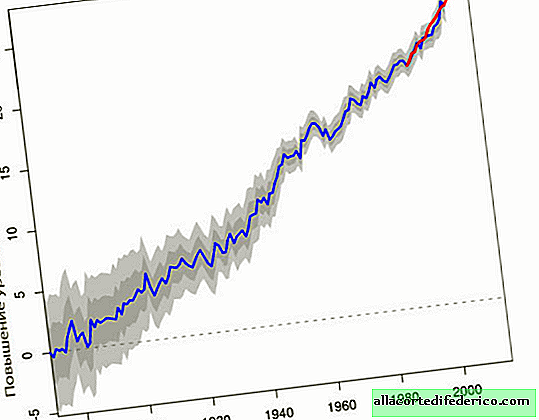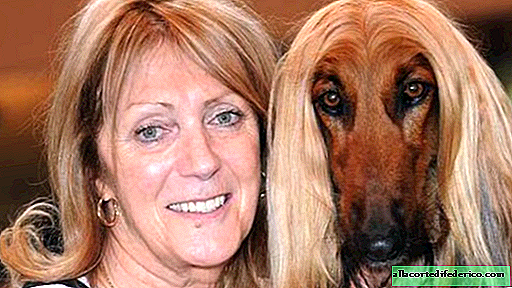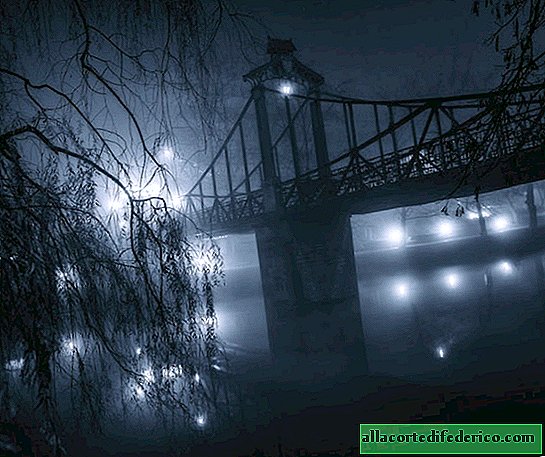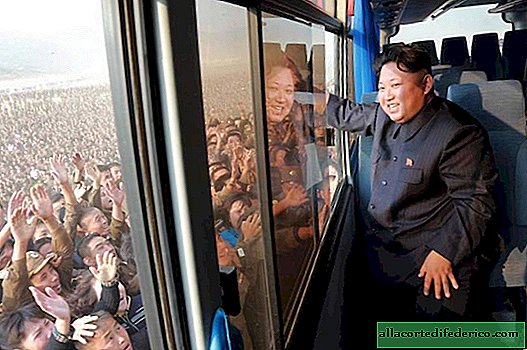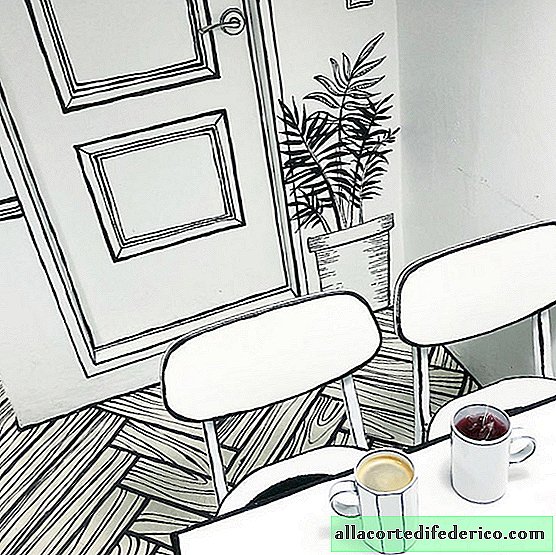What information is hidden at the bottom of plastic dishes
Plastic products have long become an integral part of our lives. Dishes, containers for freezing or storing products, bottles that sell clean drinking water, jugs with water filters, plastic bags - all this and much more are made of different types of plastic. It turns out that not all plastic dishes are suitable for contact with food, storage in the freezer or for reuse. So, what can you find out by reading the information at the bottom of the plastic dishes correctly.
We will not dwell on the icons for recycling and the fact that these dishes can be thrown into the garbage container after use, and we will deal with the analysis of the meanings of these signs.

1. The sign of the triangle with the number 1 in the center means that you have dishes made of polyethylene terephthalate. Sometimes instead of a number one can be written PET or PET. Such dishes are suitable only for single use and it is not recommended to reuse them, because of the risk of phthalates being released and getting into products. It usually sells vegetable oil, dairy products, ketchups and drinks. If you find a similar marking among your plastic utensils, you need to transfer this product to the technical packaging section.

2. Number 2 in the triangle marks the products of high density polyethylene, which can also be denoted by the inscription HDPE or PE HD. This type of plastic is considered relatively safe, although it can under certain conditions emit formaldehyde. It makes food containers and disposable tableware.
3. But the number 3 in the triangle or the inscription PVC you should not find on the dishes. This is polyvinyl chloride, which is prohibited for the manufacture of objects in contact with food.
4. Number 4, as well as the letters LDPE or PEBD, indicate low density polyethylene. It is considered relatively safe, although formaldehyde can also be released from it in rare cases. Bags are made from this type of polyethylene: disposable, other types of bags or garbage bags.
5. Under the number 5 hides polypropylene. It is also indicated by the letters PP or PP. This is perhaps the most common and safest type of plastic in the kitchen. Most of the containers for storing food products, as well as various utensils, are made of it. But this type of plastic is not considered completely harmless. Although it can withstand heating up to 100 degrees, phenol (formaldehyde) can also be released from it, especially in contact with alcohol. Therefore, such dishes are best used in rare cases.

6. The number 6 or the letters PS indicate polystyrene (polystyrene). This is a plastic container intended for single use only and for contact with food at room temperature. Polystyrene is used to make cups for yogurt, trays for fruits, vegetables and meat, as well as disposable dishes (cups, plates, forks and spoons). Be careful: when heated above 70 degrees, for example, if you pour hot tea or coffee, as well as in contact with drinks containing alcohol, styrene is released from such disposable cups, which gets into food.

7. At the bottom of the jug with a water filter, you can find the SAN icon in the same triangle. This is SAN plastic, short for styrene acrylonitrile copolymer, a copolymer of styrene and acrylonitrile. It is characterized by high chemical resistance, that is, it is quite inert and does not emit harmful substances into food products. Although this is the safest type of plastic, it is extremely rare, and most likely its production is more expensive.

The icon with a fork and a glass means that the container can be used for contact with food. A sign with a snowflake indicates the permissibility of storage in the refrigerator, and if you can freeze in this container, the temperature limit should be indicated. As for the contact of alcoholic beverages with plastic products, most experts agree that this is extremely undesirable.
It turns out that it is not in vain that most people do not like plastic dishes and packaging, there is definitely no health benefit from it. Therefore, try to use such a container only in case of emergency, replacing it with glassware, ceramics, wood and metal if possible. And as disposable tableware for drinks, it is safer to use paper cups.



